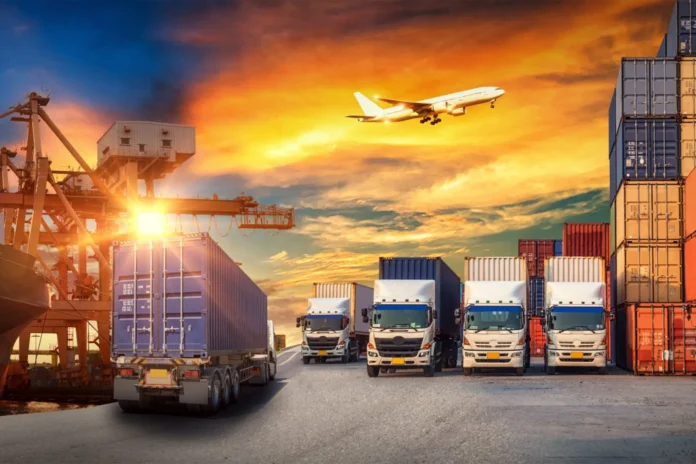
In the era of digital acceleration, the globe has never felt smaller. The last few decades have borne witness to unprecedented growth in international shipments, driven by the interplay of globalization and the e-commerce boom.
As consumers from all corners of the world click and purchase goods with unprecedented ease, items crisscross the globe in a complex web of transport logistics. With this rise, it becomes imperative not only to appreciate the marvels of this logistical orchestra but also to critically analyze the environmental repercussions that accompany it.
This article explores the carbon footprint of global shipping, charting the course from the wake left by massive cargo ships to the eco-conscious initiatives courier services are adopting in response.
The purpose of this article is twofold: to inform readers of the environmental impact their online purchases may have, and to highlight the commendable strides the shipping industry is making towards sustainability. Understanding is the first step towards responsible action, and a sustainable future requires a collective shift in both consumer choices and industry practices.
The Carbon Footprint of Global Shipping
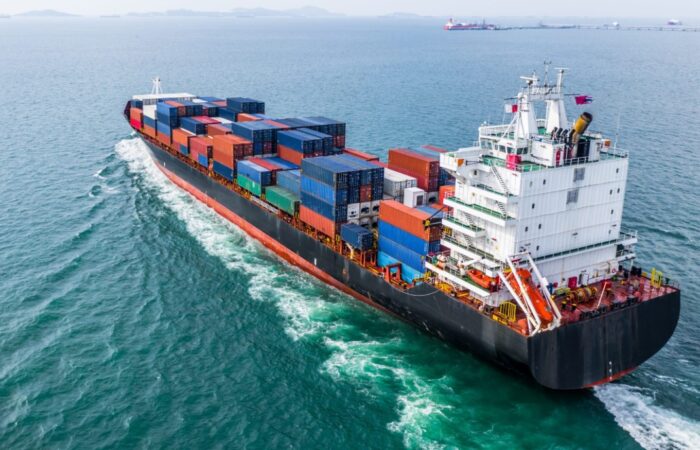
A carbon footprint refers to the total amount of greenhouse gasses, primarily carbon dioxide, that are emitted directly or indirectly by human activities, usually expressed in equivalent tons of CO2.
Responsible for transporting approximately 90% of world trade, the shipping industry contributes notably to global CO2 emissions. To contextualize its environmental imprint, the shipping industry, if considered a country, would rank between the sixth and tenth-largest emitter worldwide. This means that simply sending a parcel to Australia impacts the entire globe.
Comparatively, emissions from shipping alone outpace those of many individual developed nations and even some global sectors, underscoring the magnitude of its carbon footprint. Ships discharge ballast water, potentially introducing invasive species to foreign ecosystems.
The constant drone of ship engines adds to underwater noise pollution, disrupting marine life. And, though accidents are relatively rare, oil spills from vessels continue to pose a catastrophic risk to marine ecosystems.
Factors Contributing to the Environmental Impact
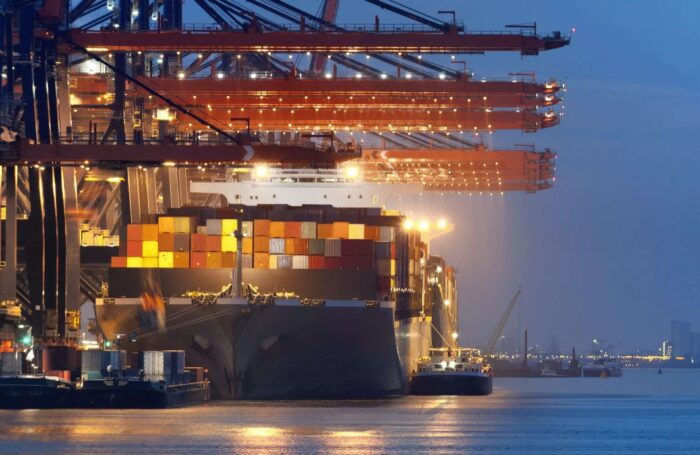
Types of Fuels Used in Ships
The shipping industry predominantly relies on heavy fuel oil, a type of residue left from crude oil refining. While efficient in powering large vessels, it releases high amounts of sulfur oxides, nitrogen oxides, and particulate matter, which have detrimental effects on both the environment and human health.
Inefficient Shipping Routes and Navigation Systems
Outdated navigation systems and suboptimal route planning can lead to longer journeys, subsequently increasing fuel consumption and greenhouse gas emissions.
Overcapacity and “Zombie” Ships
The presence of “zombie” ships, vessels that are operational but not economically viable, adds to the environmental strain. Overcapacity in the fleet, where ships might travel with less than full loads, results in wasteful fuel consumption and, consequently, unnecessary emissions.
Packaging Materials
Over-reliance on non-biodegradable materials like plastics contributes to environmental degradation. These materials often end up in landfills or oceans, where they take centuries to decompose, posing threats to marine life and ecosystems.
Eco-Friendly Initiatives Taken by Courier Services
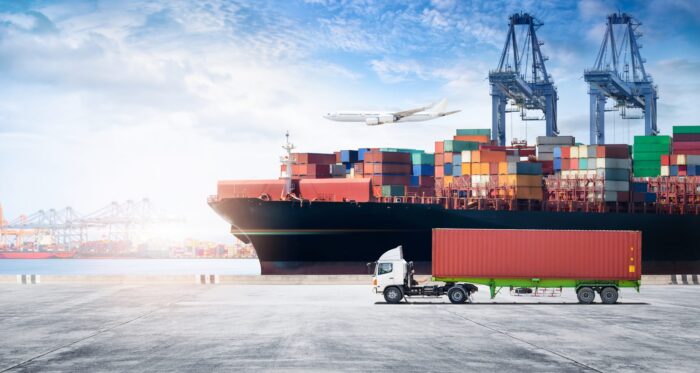
Transition to Cleaner Fuels or Alternative Energy Sources
LNG (Liquefied Natural Gas)
Recognized as a transitional fuel, LNG is emerging as a cleaner alternative to traditional ship fuels, producing fewer emissions and helping the industry inch closer to sustainability.
Electric or Hybrid Vessels
Investments are being channeled into the development of vessels that run partially or entirely on electric power, offering a path to diminished greenhouse gas emissions.
Wind-powered Shipping
Harnessing the age-old power of the wind, some innovative shipping models are exploring the revival of sails or modern wind-assist technologies to complement traditional propulsion methods.
Efficient Navigation and Route Optimization
By embracing advanced navigation systems and investing in route optimization software, courier services are reducing fuel wastage, cutting down on emissions, and ensuring timely deliveries.
Ballast Water Management
To counter the ecological risks of discharging ballast water, initiatives are in place to treat this water onboard, reducing the introduction of invasive species to sensitive marine ecosystems.
Sustainable Packaging
Recognizing the environmental concerns associated with traditional packaging, many courier services are transitioning to materials that either decompose naturally or can be readily recycled. Efforts are underway to minimize packaging waste, with companies advocating for and implementing reusing mechanisms, thereby minimizing environmental harm.
Carbon Offset Programs
Courier services are investing in programs that balance out their carbon emissions by funding projects aimed at reducing greenhouse gases. Whether by planting trees or supporting renewable energy endeavors, these programs underscore a commitment to a greener future.
Consumer’s Role in Promoting Sustainable Shipping
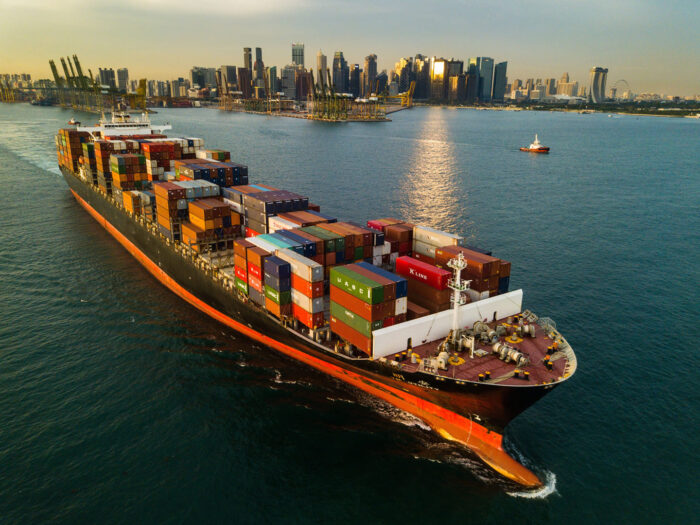
By prioritizing and supporting businesses that adopt eco-friendly shipping practices, consumers can send a clear message about the value they place on sustainability. These choices create a ripple effect, nudging companies to adopt greener practices to meet consumer demands.
The growing “buy local” movement not only bolsters local economies but significantly reduces the need for long-haul shipments, in turn, slashing the carbon footprint associated with transporting goods. Every purchase decision offers consumers an opportunity to cast a vote for a more sustainable and environmentally responsible shipping future.
As global commerce continues its expansive trajectory, the environmental implications of international shipments become increasingly notable. The combined efforts of the shipping industry, regulatory bodies, and consumers can pave the way for a future where trade and environmental sustainability coexist harmoniously. Through informed choices, innovative solutions, and a collective commitment to our planet, a greener horizon for international trade is not just a vision, but an attainable reality.








